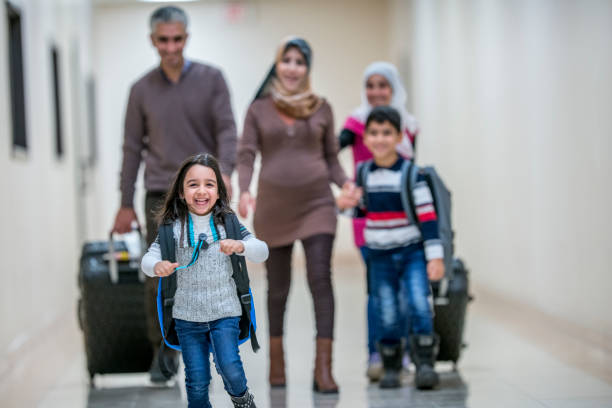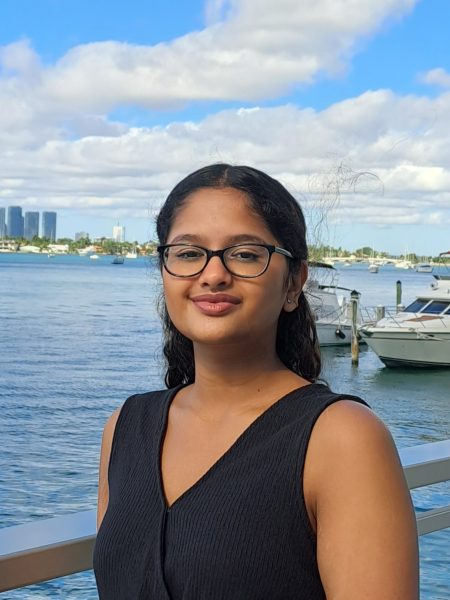From Ellis Island in the late 19th century to the crowded airports of 2023, immigration has been a building block of the modern United States. Within this expansive and tumultuous history of American immigration, one constant has been the blending of cultural identities. The nuances, however, include the difference in each generation’s identity.
According to the US Census in 2013, 40 million Americans (13% of the total population) were not born in the US and another 36 million (12% of the total population) were second-generation immigrants.
A “first-generation immigrant” is a person who was born in a foreign country and is now a resident of a different country. A “second-generation immigrant,” on the other hand, is someone who has a parent who was born in a different country.
First-Generation Immigrants
Being a first-generation immigrant brings several unique challenges. Often, they must overcome a language barrier or several legal obstacles. For instance, obtaining visas, permanent residency, and naturalization can be a challenging process. First-generation immigrants, when they first arrive in the United States struggle to make connections with people in this new culture, explained Patricia Clua. Clua, a first-generation Argentinian immigrant who now teaches Spanish at DHS, talked about her experience when she first arrived in the United States, saying “it was hard to miss my family and friends, and it was hard to find a place where I would feel welcome and at ease.”
Another aspect of the first-gen immigration experience is the need to balance one’s traditional language and culture with that of their adoptive country.
Gabrielly Araujo, a DHS student who moved from Brazil when she was ten years old, explained that “Culturally, it was very different because I was experiencing something that’s totally different from what I was experiencing somewhere else.”
Both Araujo and Clua touched upon the fact that their households are microcosms of their home countries. Araujo’s family, for instance, only eats Brazilian foods, and Clua spoke of how her home is essentially a mini-Argentina. This effort to preserve the traditions and identities of their home countries is prevalent among many immigrants and can also be accomplished by living in areas that are predominantly of the same ethnicity or nationality as the countries they hail from.
This can present its own unique problem, however, as living in “neighborhoods segregated from the larger communities they live in, adding to their sense of ‘otherness’” can also contribute to difficulties with cultural assimilation according to Usha Tummala-Narra, an APA presidential task force member in an article for the American Psychological Association (APA).
Second-Generation Immigrants
Many second-gen immigrants do not have a significant language barrier nor do they have legal battles. Being born in America, they are US citizens who grow up in an English-speaking environment. Instead, their struggles often lie with having to balance their multicultural backgrounds. Having grown up in the US, they find it difficult to stay in touch with their culture, especially if they have never even visited their parents’ home countries.
Clua explained that her American-born daughters “fit in here, and then when they go to Argentina… there is a time where they need to adjust to the culture. For me, there are things that are natural and surprise them.” She continued to say that the contrast between social norms in the United States and Argentina is jarring and difficult for second-generation immigrants like her children to handle.
On top of that, many second-gens don’t feel like they fit in with either culture. Izzah Nishad, a daughter of Indian immigrants, talks about her experience:
“I believe my number one issue growing up as an immigrant was not fitting in culturally…I don’t really fit anywhere. I have too much Indian culture to be considered American, especially because of the way I was raised. However, on the contrary, I am not seen as Indian because I’ve never lived there, I am not the most fluent and have an American accent, and I dress in the American style. There is no nationality I really belong to fully.”
Across the Generations
As the generations progress in an immigrant family, the influence of local American culture increases. Araujo explained that her brother, who has never been to Brazil, knows much less Portuguese and has not really experienced enough Brazilian culture. On the other hand, her parents have “experienced it more and [she] has experienced it more than he did or he ever will.”
The biggest example of this phenomenon is reflected within the languages of a family. According to an article by Pew Research Center, “Among self-identified Hispanics, 61% of immigrants are Spanish dominant, meaning they are more proficient in speaking and reading in Spanish than they are in English. By comparison, only 6% of the second generation is Spanish dominant and essentially none of the third generation is Spanish dominant.” The article also noted how “the closer they are to their immigrant roots, the more likely Americans with Hispanic ancestry are to identify as Hispanic.”
With this drastic gap in generations and their respective immigrant identities, it is crucial to consider how this may influence the American identity as a whole. Is it the assimilation and blending of a variety of different cultures through second-generation immigrants? Is it the preservation of the traditions brought over by first-generation immigrants? How has American society been altered by the ever-changing cultural fabric of the nation, ever since the early days of American immigration?
The American identity is not static. It is constantly evolving as new immigrant groups arrive and bring their own cultures and traditions with them. This process of assimilation and blending has created a rich and diverse tapestry that is unique to the United States.
The ever-changing cultural fabric of the nation has altered American society in many ways. For example, it has led to a greater acceptance of diversity and a more inclusive culture. It has also enriched American cuisine, music, art, and literature. In addition, it has made the United States a more competitive economy by attracting talented and hardworking people from all over the world.
Overall, the American identity is shaped by the contributions of immigrants from all over the world. It is a dynamic and ever-evolving identity that is constantly being redefined.






















